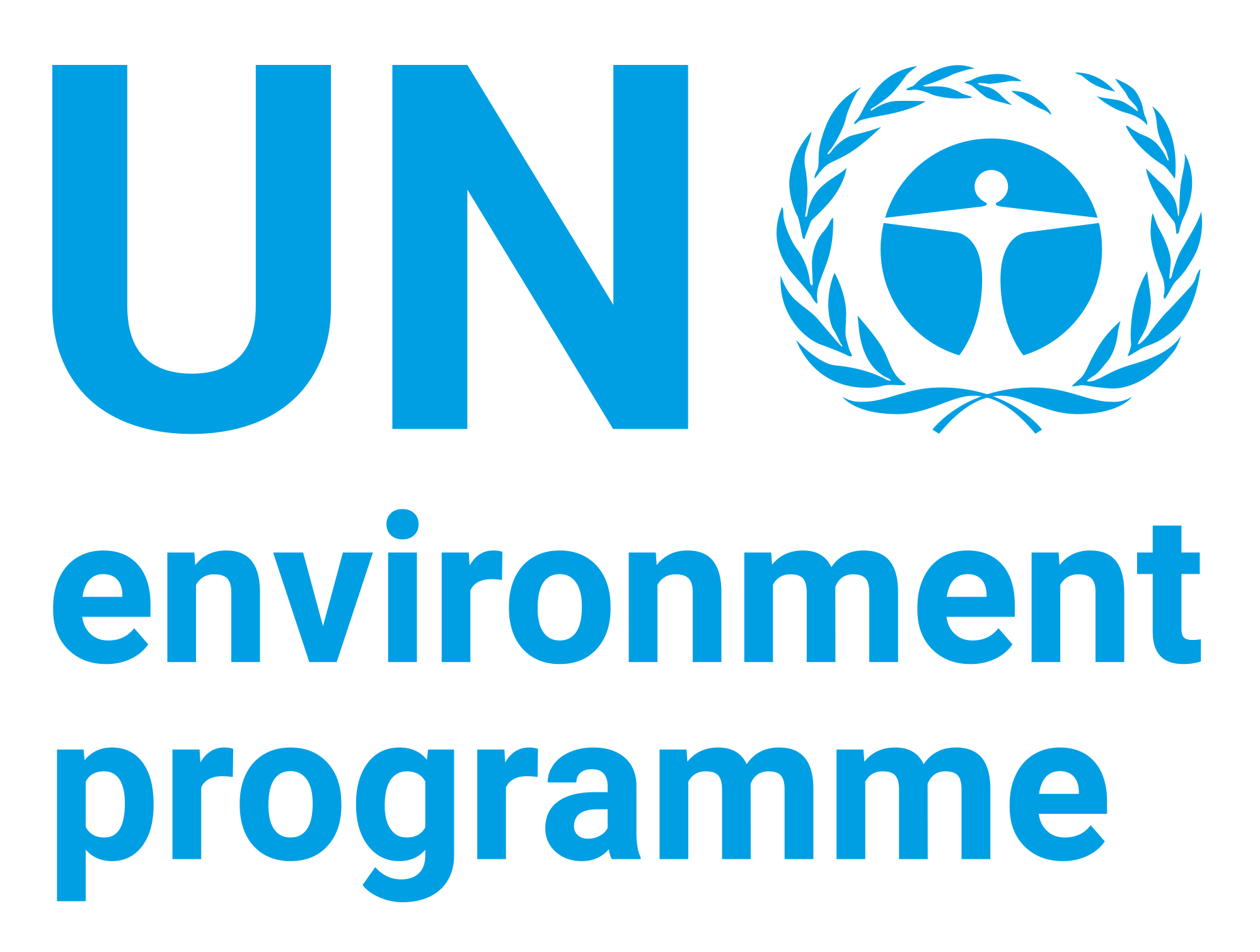| dc.contributor | Law Division | en_US |
| dc.contributor.author | Food and Agriculture Organization of the United Nations | en_US |
| dc.contributor.author | United Nations Environment Programme | en_US |
| dc.contributor.other | Gobena, A | en_US |
| dc.coverage.spatial | Global | en_US |
| dc.date.accessioned | 2020-05-28T19:42:49Z | |
| dc.date.available | 2020-05-28T19:42:49Z | |
| dc.date.issued | 2020 | |
| dc.identifier.isbn | 978-92-5-132450-9 | en_US |
| dc.identifier.isbn | 2664-5106 | en_US |
| dc.identifier.uri | https://wedocs.unep.org/20.500.11822/32567 | |
| dc.description | This book seeks to explore how legislation, which is the backbone of governance and enforcement systems, accommodates and makes
provision for the connections among economic (and social) activities that may have more than one (non-linear) social or environmental
impact. Legislation from different countries espouse varying approaches to sustainable development of natural resources that may (successfully or otherwise) reflect the countries particular needs and context, as well as drafting style and legal system. The range of legislative examples are offered to illustrate how countries have recognized and addressed these connections and linkages. The inherently dynamic nature of sustainable development approaches requires regulatory frameworks to be subject to continuous examination, review and adaptation. Thus, this book may offer a snapshot of approaches in the last decade or so, and recognizes
that the speed of legislative approval often lags behind policy and advances in science.
It presents a selection of some of the key elements for sustainable governance, drawing attention to the provisions that allow a macro-level view of the linkages and connections that recognizes impacts in more than one pillar of sustainable development.
The book is structured in chapters that address select natural resource sectors that reflect the mandates of both FAO and UNEP. Starting with cross-cutting issues (Chapter 2), the book highlights legislative practices in land (Chapter 3); water resources (Chapter 4); fisheries (Chapter 5); mining (Chapter 6); oil and petroleum (Chapter 7); forestry (Chapter 8); and agriculture (Chapter 9). | en_US |
| dc.format | Text | en_US |
| dc.language | English | en_US |
| dc.rights | Public | en_US |
| dc.subject | sustainable development | en_US |
| dc.subject | sustainable agriculture | en_US |
| dc.subject | soil management | en_US |
| dc.subject | water resource | en_US |
| dc.subject | fishery | en_US |
| dc.subject | nature conservation | en_US |
| dc.subject | biological diversity | en_US |
| dc.subject | petroleum law | en_US |
| dc.subject | mining law | en_US |
| dc.subject | forestry legislation | en_US |
| dc.subject | rural development | en_US |
| dc.subject | waste management | en_US |
| dc.subject | legislative process | en_US |
| dc.subject | international instrument | en_US |
| dc.subject | human rights | en_US |
| dc.subject | land legislation | en_US |
| dc.subject | land | en_US |
| dc.subject | soil | en_US |
| dc.subject | land tenure | en_US |
| dc.subject | water policy | en_US |
| dc.subject | water management | en_US |
| dc.subject | water quality | en_US |
| dc.subject | water quality management | en_US |
| dc.subject | aquaculture | en_US |
| dc.subject | ecolabelling | en_US |
| dc.subject | food security | en_US |
| dc.subject | labour law | en_US |
| dc.subject | genetic resource | en_US |
| dc.subject | food waste | en_US |
| dc.subject | natural resource | en_US |
| dc.title | Legislative Approaches to Sustainable Agriculture and Natural Resources Governance - FAO Legislative Study No. 114 | en_US |
| dc.type | Reports, Books and Booklets | en_US |





